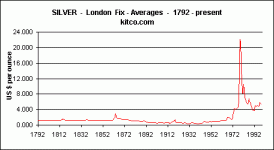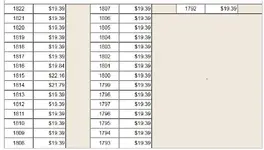"Miners started, in 1860, importing stamp mills and Spanish designed arrastras to remove gold from raw ore. Stamp mills used in northeastern Colorado came from "back East" and were brought across the plains on wagons, but the basic designs were developed in the 1850s in both California and Europe. These machines were nothing more than large, mechanically powered mortar and pestle sets that crushed the ore by percussion. Once powdered, the mineral was mixed with mercury (quicksilver) to separate the gold. That mixture was then heated and vibrated to remove the precious metal. The arrastras were crude machines to pulverize ore. They operated much like large millstones grinding ores between two stone wheels. From that point a traditional quicksilver and heat process was used to refine gold. Arrastras were brought to the United States from Mexico by miners who participated in the California rush of 1849 and learned of Spanish mining methods at that time. Neither of these systems was overly efficient and both lost as much as 70 percent of recoverable minerals. The loss ratios were not immediately evident and when they were, mine owners searched for new methods to refine Colorado ores."
And before this, says the article, "prospectors found that gold was easy to recover using the simplest of tools like picks, pans and shovels."











